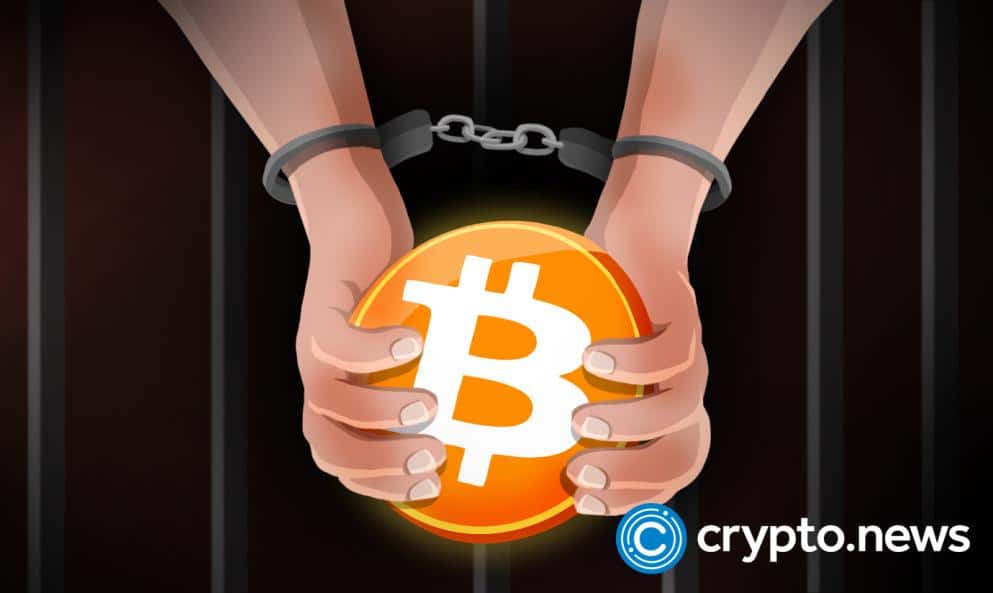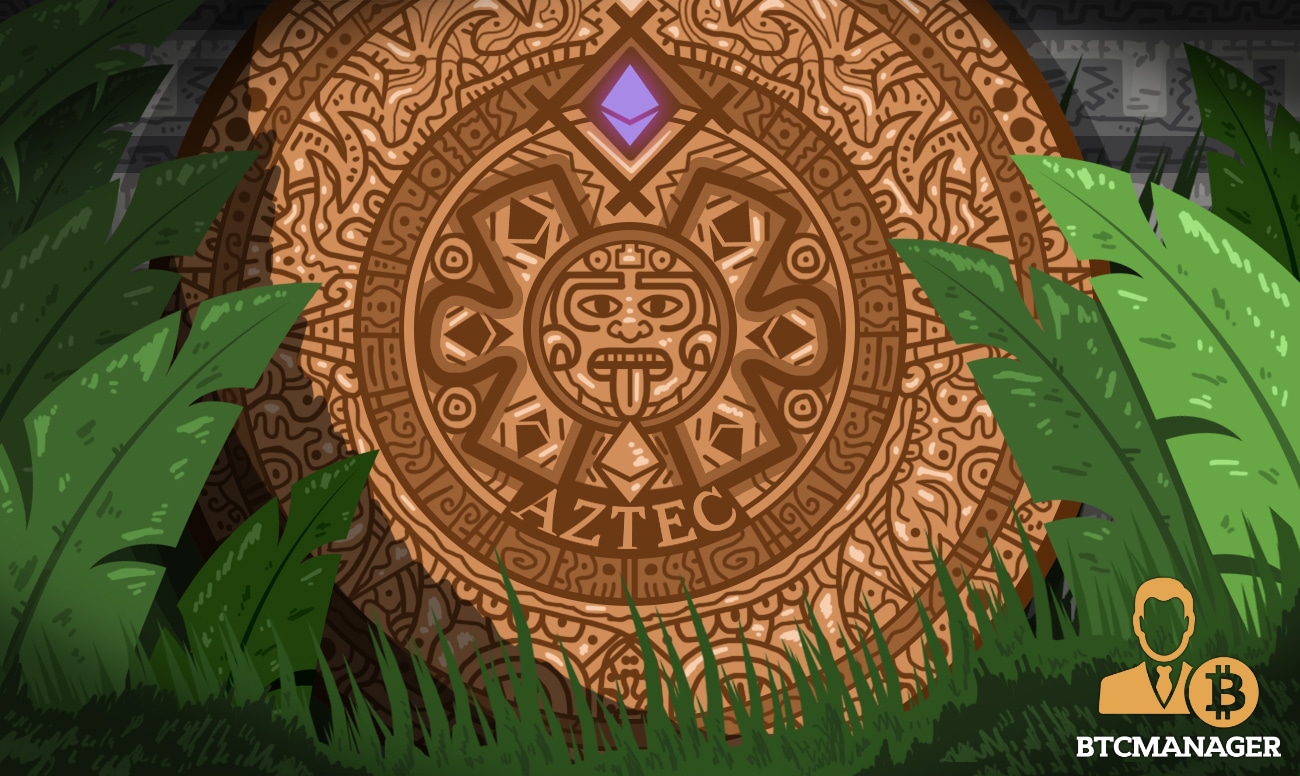Yeah, Dogecoin mining is now a thing. Well, it is a memecoin, a phrase synonymous with a big joke in crypto circles. It was all for the hype. But DOGE has since ridden in the back of by far the blockchain’s most impactful investor and influencer, multi-billionaire Elon Musk. And it has begun to pay off. Even with the industry-wide bear market due to the global interest rates hike that affected cryptos and stock, mining Dogecoin is beating the odds. Read on to learn more.
A Brief on Dogecoin Mining
For starters, dogecoin mining is based on the same infrastructure as Bitcoin mining. The blockchain is based on a similar Proof-of-Work (PoW) consensus protocol. The key difference lies in Dogecoin’s infinite supply and script algorithm vs. Bitcoin’s SHA-256.
Miners get to verify transactions by solving a computational puzzle. It involved generating numbers called hashes, with the right hash figure giving a miner exclusive rights to add transactions in a block. In doing so, a transaction is verified, and a mining reward is earned.
The mining reward is 10,000 coins at the time of writing, with the profitability of mining has increased to a 6-year high. The current block time (at the time of writing) is 1 minute which translates to a new block being discovered every minute, with a difficulty level of 5 million. Both are significantly lower than Bitcoin’s figures, but they keep increasing.
The Mining Process
Below is a step-by-step guide on how to go about mining dogecoin in 2022.
Get a Dogecoin Compatible Wallet
The first step is to set up where the mined DOGE will be received and stored, a supported wallet. The choice of which wallet to go for depends on a host of factors.
Suppose the plan is to offload the mined DOGE quickly. In that case, any compatible wallet from the myriad of exchanges available will do just fine. However, if the goal is to hodl the crypto, Dogecoin core (full-node wallet) is an excellent choice. Linking it to a cold wallet for security purposes is a wise move.
Get a Mining Rig
Well, not a mining rig in that sense; it’s not some barrels of oil to be pumped out. The days of mining via laptops while sipping a mug of coffee and waiting for the kaching are unfortunately over. The process now calls for more specialized machines, hence a rig.
The rigs go by the name GPUs or ASICs. The choice of which depends on how one wants to go about it. ASICs are significantly faster, but they are pretty pricey and specialized. GPUs are more diversified in what protocols they can scour for coins, but they’re very slow.
Opt for a Mining Pool, or Go Solo at a Cost
Mining difficulty is nowadays very high for all major cryptos. For a successful mining experience, there are just two options currently.
The first and most popular is joining a mining pool. The pool acts as an aggregator, pooling computing power together to enable an unbelievably fast rate of coining hashes to solve block puzzles. One then receives their reward, with most pools allowing a miner to share their wallet address for the same. Nonetheless, they charge a $1-$3 access fee. It’s also wise for one to check how their pool of choice calculates the payout for miners.
The other option is to go at it alone, but there is a catch. To even have a chance of solving any of the hashes fast enough, one has to have a colony of ASICs somewhere in their basements slaving it out. And while that costs a pretty penny, rewards are shared with no one else. Solving one hash daily translates to about $700 daily at current prices.
Install the Mining Software
Whatever choice one opts for above goes a long way in deciding what mining software one goes for. But it’s not the only determinant, factors like whether one is using a GPU or ASIC are important, and mining software is optimized differently for each. Others include the ability to merge mining, the platform-agnostic levels, or the wish to switch to other more profitable coins should the need arise.
Something to note when installing mining software, it will probably be flagged off by anti-virus and/or the browser. It does happen a lot, and setting the firewall of the anti-virus to accept it and switching the firewall under the privacy and security section of the browser to no protection helps.
For Windows users, one may want to switch off the real-time windows protection. A file extractor such as Win.rar will come in handy for accessing compressed files. The location of the mining folder must be copied.
Prepare a Batch File to Start Mining
Here’s where the gritty stuff begins. To prepare a batch file, one should copy this; PhoenixMiner.exe -pool ethash.unmineable.com:3333 -wal DOGE:YOURDOGEWALLETADDRESS.WORKER_NAME -pass x. The first part, “PhoenixMiner.exe” represents the mining software of choice, this example being Phoenix miner.
“ethash.unmineable.com:3333 -wal” shows the pool one is joining to start the mining process. “MYDOGEWALLETADDRESS” represents the wallet address where one will receive their mined coins. One should replace it with the wallet address of their choice, be it from an exchange or Dogecoin core.
“RIG_NAME” represents the name one’s mining rig will go by. Whichever name comes to mind can be filled here, provided one remembers it. It should then be saved as “Start.bat” rather than as a “txt” file. The next time the file is opened, it starts running the miner rather than open like a document.
Now comes the final bit. The location of the mining folder copies in the previous section is then pasted on the mining pool’s app setup. When prompted, confirm it’s Dogecoin that’s to be mined and the wallet address. And just like that, all is set.
Take Away
Dogecoin mining is now a fairly profitable undertaking. While it’s a good way to make some passive income, it won’t entirely convert one into a dollar millionaire. Well, not unless the price of Doge gets to $1, which isn’t entirely unfathomable.
However, it’s wise to follow the process outlined in the article to the latter. Joining mining pools would be wise if the cost may be a hurdle for setting up ASICs.
Admittedly, the last bit comes out as geeky, a disadvantage of explaining coding by word. A visit to video guides on setting up a mining rig on one’s computer would suddenly make the process relatively straightforward. Happy Dogecoin mining!
What is Dogecoin?
Dogecoin is a peer-to-peer digital currency that was launched in 2013 as a parody of Bitcoin. The currency started out as a joke among a group of programmers who were frustrated with the lack of innovation in the financial industry. Dogecoin has become popular for use as a tipping service, where fans tip each other for various reasons, such as helping someone solve a problem, making a funny video or simply just expressing gratitude or appreciation.
Is Mining Dogecoin more difficult than Bitcoin?
No, mining dogecoin requires less hardware power since it only uses 0.8 GH/s compared to 1 GH/S for bitcoin mining. As such, mining dogecoins is easier and cheaper.
Who is the Founder of Dogecoin?
The founders of Dogecoin are Jackson Palmer and Billy Markus. The two developers created DOGE in the era where altcoins, virtual currencies developed after Bitcoin, whose values were very much on the low, were popping into the crypto scene in rapid numbers. Jackson saw Dogecoin as a joke between him and his friends after seeing the Bitcoin currency’s huge popularity. When asked what would happen if one million dollars were converted into Bitcoins, his comment was, “That would be funny.”
Sourced from crypto.news.
Written by Wayne Jones on 2022-09-08 16:00:00.









